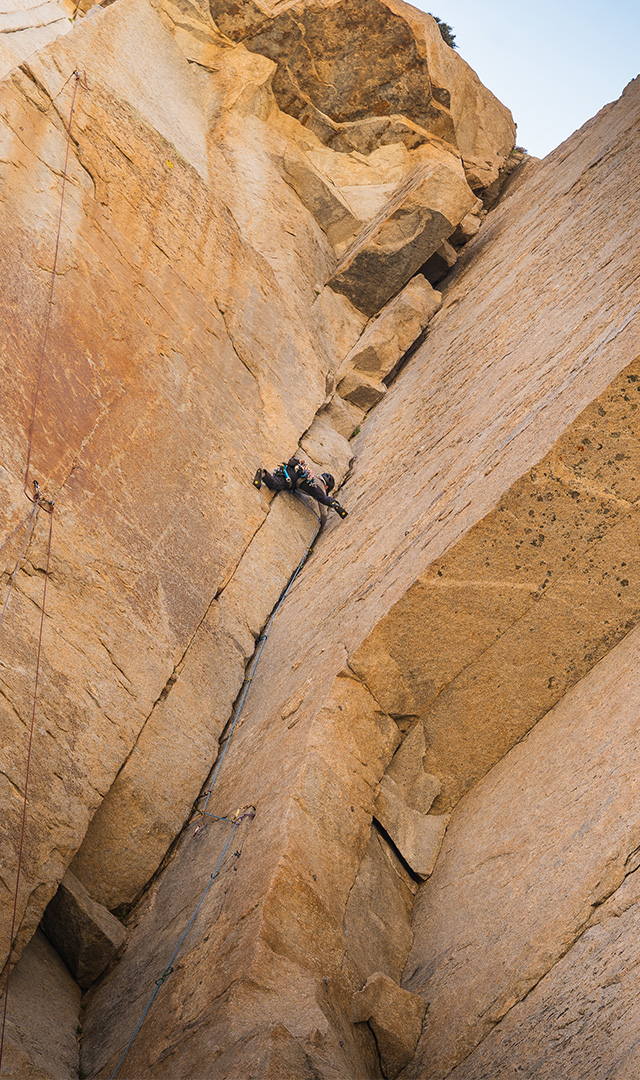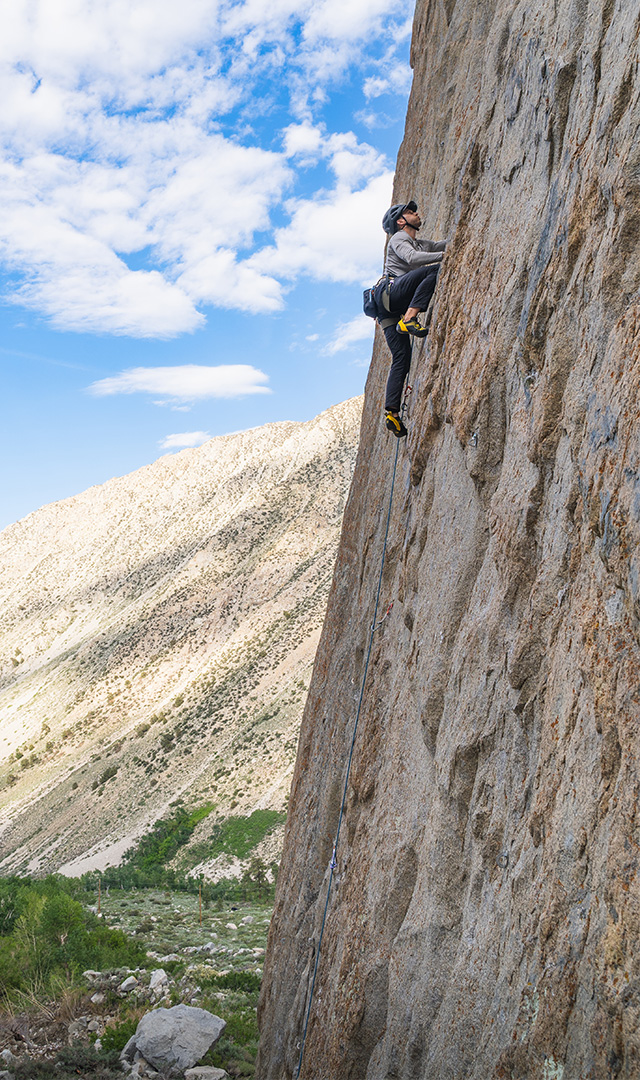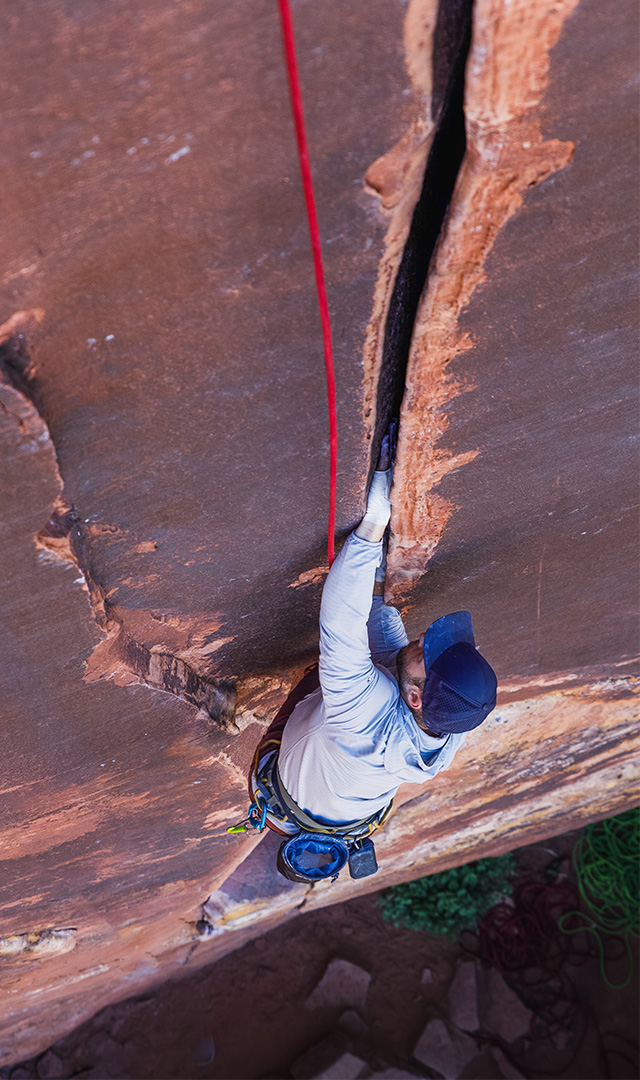- 1. Determine what you need for the trip
- 2. Decide on your must-haves
- 2.1. Sleep setup
- 2.2. Showering off-grid
- 2.3. Keeping food cold
- 3. Maximize your available space
- 3.1. Use a roof box
- 3.2. Use organizer bins
- 3.3. Do more with less
- 3.4. Use the Russian doll method
- 4. Pack in reverse
- 5. Use the available resources
- 6. Prepare for the drive itself
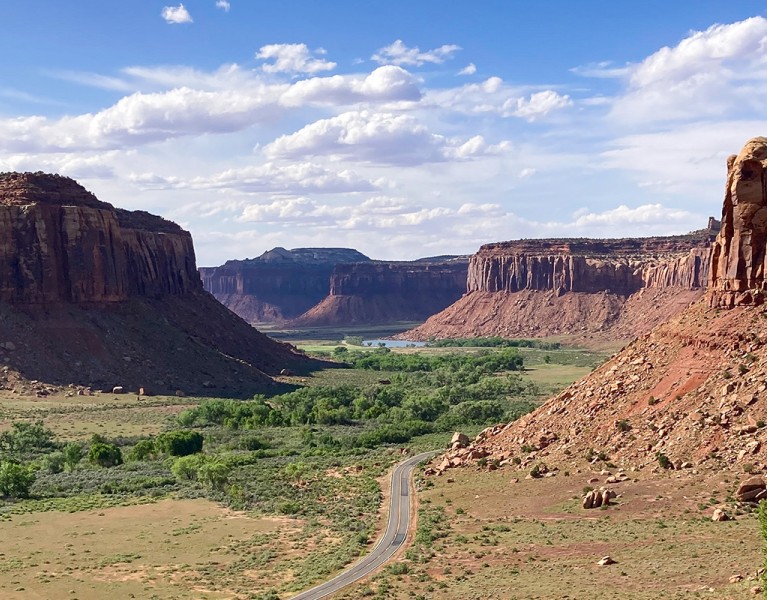
Roadtrip to Campsite: Pack Smart, Explore More
Table of Contents [Show]
Summer is officially here! You know what that means - it’s time to use the banked PTO you’ve been saving. One of the most accessible and fun options is to take a road trip. Whether you’ve taken a road trip before or not, I’m here to help you improve the experience.
I’ve been on a mission to explore the state of California and the surrounding southwest. I’ve covered thousands of miles and learned a few things along the way. I’ll explain my process for a recent road trip I took from Southern California to Indian Creek in southeast Utah, a roughly 1,600-mile round-trip adventure. Now let’s get into it.
Determine what you need for the trip
Figure out what you hope to gain from your trip and work backwards to determine what you need. Think of these objectives as the framework of what will become a detailed and organized plan to ensure you have a successful trip.
The purpose of my trip to Indian Creek was to attend a 3-day specialty climbing course that involved a few nights of dispersed camping out in the desert. “Dispersed” means there are no facilities - no toilets, no showers, no water – you bring everything you need with you, and pack it all out when you leave.
For this trip my focus was to have everything I needed to make 3 days of camping as smooth as possible so I could focus all my energy on climbing hard (having fun) and recovering each night.
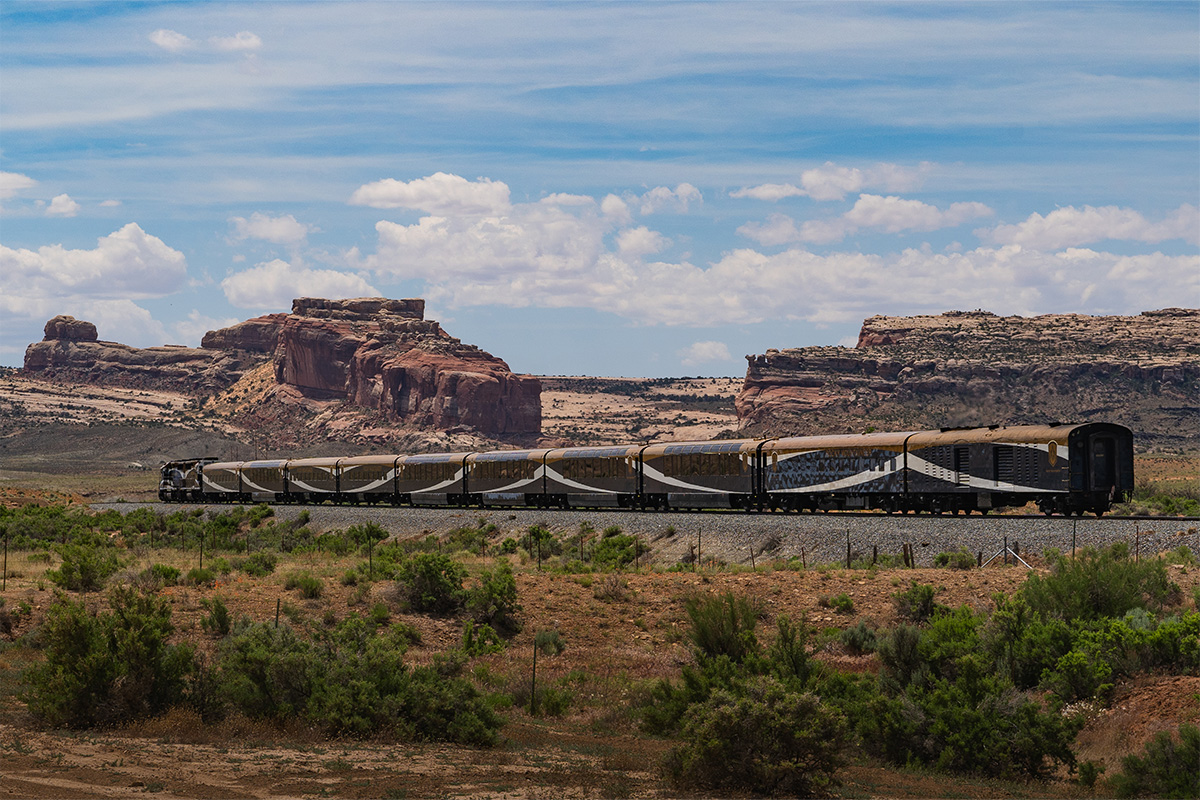
Decide on your must-haves
Everyone is different and what might be top priority for me may not even hit someone else’s radar as a necessity. Personally, my top priorities are my sleep setup and the ability to shower even if I'm in the middle of nowhere, completely off-grid. A close runner up is the ability to keep food cold, so let’s look at each.
Sleep setup
I’m a terrible sleeper even in ideal conditions, so this is at the top of my priority list. My car has seats that fold flat which is part of the reason I bought it. I think inflatable sleeping pads like you’d use for tent camping are too loud, too uncomfortable, and too small.
To that end, I settled on a trifold, 6 inch thick memory foam pad which I cut to the width of my car so that it fits between the wheel wells. A 2-person sleeping bag completed the setup because mummy style sleeping bags are too constricting and I want to be able to sleep on my side and/or stretch out. Don't skimp on the things that matter most to you.
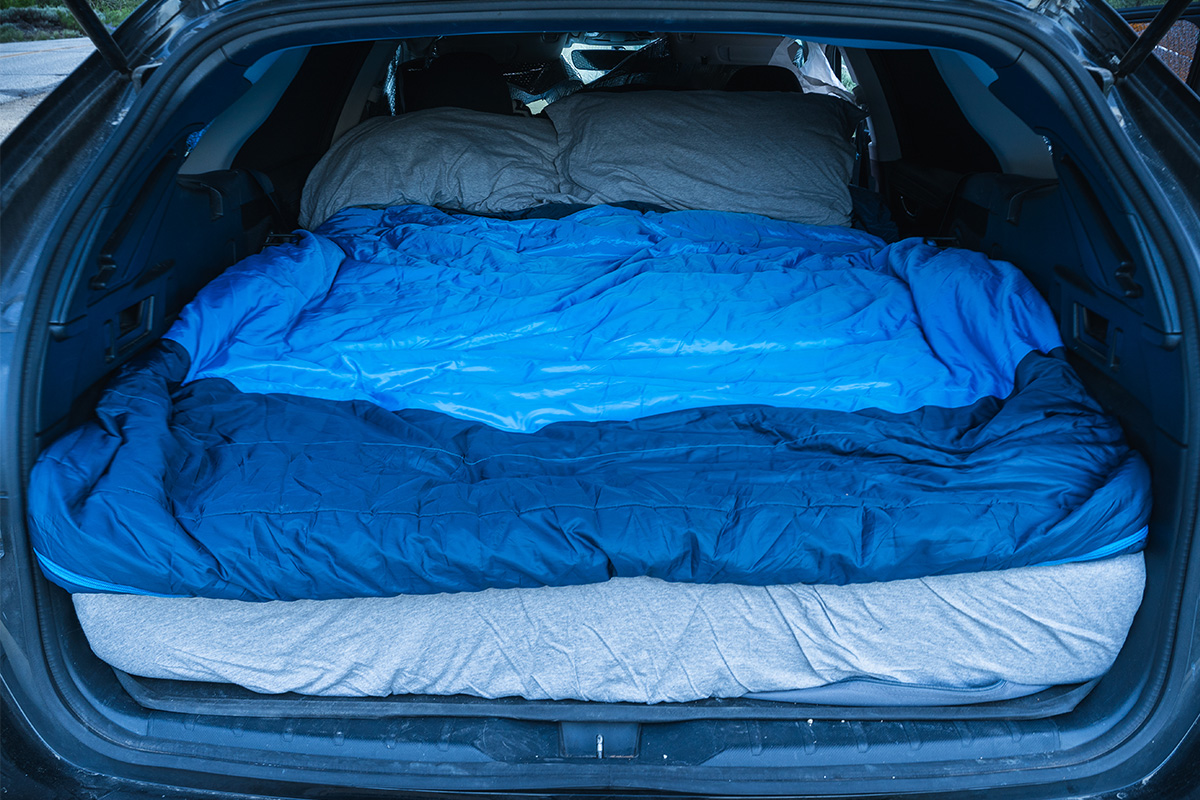
Showering off-grid
I use a collapsible 5-gallon bucket, washcloth, biodegradable soap and a battery-powered/rechargeable shower head. I couple this with a small privacy tent (doubles for bathroom needs), and I heat water using a single burner stove that runs off butane fuel. Fill the bucket with a couple gallons of ambient temperature water, add a boiling pot of water to it and boom - a warm shower and the ability to scrub all the dirt and grime off you from your day.
Keeping food cold
You don’t have to drop hundreds on a top-of-the-line cooler. I’ve had good luck with the higher end Igloo coolers and my pro-tip is to purchase a roll of Reflectix (an insulating, bubble-wrap type material) to line the inside of your cooler with. For bonus cooling power, you can make a cover out of the Reflectix to fit over top of your cooler which really helps when you need to keep your food outside with minimal shade or no available shade.
Freezing 2-liter bottles of ice and keeping a small portable thermometer inside your cooler ensures you know when you need to add more ice and helps you monitor that your food is safe to eat. For my 3-day trip, I relied on a 52L cooler and that worked perfectly.
Maximize your available space
Use a roof box
They free up a ton of space and have locks to keep your things safe and out of sight! Any loss of mpg is nominal if you experience any at all (I personally haven’t seen a decrease when I use mine).
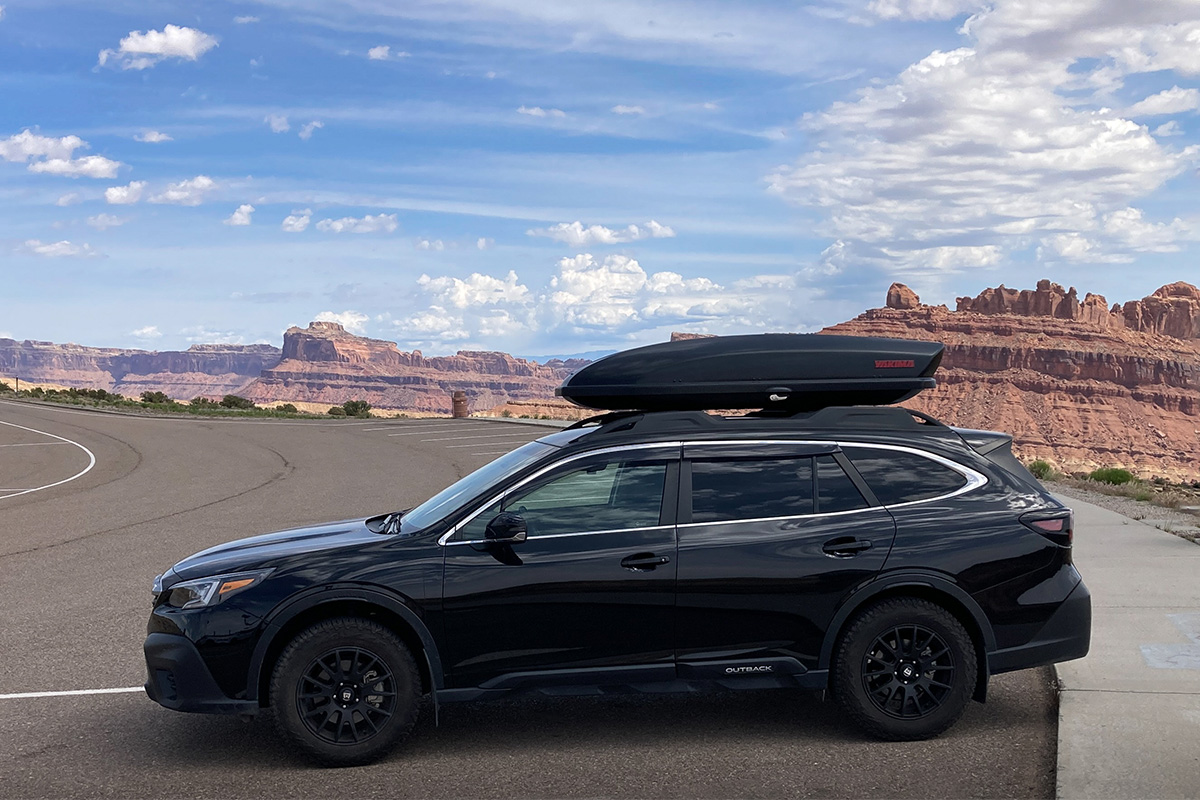
Use organizer bins
I keep similar items together, organized, and easy to access. Not only does this help save space by reminding you to pack each bin neatly and efficiently, but it makes it so much easier to access whatever you need. Otherwise, it’s total chaos; digging through bags and having to do the awkward “hold all this while reaching for that and inevitably dropping half of it in frustration” move is the worst... ask me how I know.
Do more with less
Minimize the number of items that only serve one purpose. A plastic camping plate can double as a cutting board, and a collapsible cup is fine for holding bite-size snacks as well as drinks. Try to bring multi-purpose utensils.
The other common mistake is falling prey to using big containers for condiments and spices. Use small, reusable (if possible) containers or pick up packets of sauces or basic spices like salt and pepper. Easy clean up and easy space-saving.
Use the Russian doll method
Pack as many things inside of other items as possible. Pack your bowl inside of your pot along with your utensils, spices, etc. Be reasonable with what you need - a medium size bowl tends to be more versatile than a plate.
Pack in reverse
Let's say you’re going on a hike to start the day, then coming back to camp to shower and go to bed after. In that situation, pack your things in reverse order of when you'll need them. Meaning, pack your sleeping stuff deepest in the car, then shower items a little easier to access, and your hiking essentials should be at the top of the pile or closest to the doors of the car so you can quickly and easily grab it once you park.
You can apply this same tip to your food storage. Depending on what your first meal of the day will be that you'll rely on your cooler for, the items for that meal should be at the top of the cooler.
Use the available resources
While road tripping, it's not only cost-efficient to look for free camping spots but it also adds to the experience. A helpful resource for this is a website like campendium.com which is a searchable site that shows your free camping spots near the areas you'll be passing through. It includes user reviews, information about cell signal strength and other helpful information like tips on finding the spots if they're not obvious.
Prepare for the drive itself
Driving for hours on end can be a drag if you don't prepare for it, or it can be an enjoyable and mindful experience. Ensure you have adequate hydration available and within arm's reach - including caffeinated drinks. Pack healthy, high protein snacks to keep you fueled between stops.
Inevitably, unexpected things may happen and it’s important to be ready to manage issues when they happen.
- "An ounce of prevention is worth a pound of cure". Anticipating what could go wrong and planning for it goes a long way. Will there be long stretches of road with no gas stations or restrooms? Do you have a spare tire/donut or tire patch kit in the event of a flat? Have you had an oil change recently and made sure your car is in good shape for a long drive? A little foresight can go a long way.
- I keep a can of Fix-a-flat in my car, towing recovery straps, a tire patch kit, tire inflator pump, and at least 1 gallon of spare emergency water to help mitigate risk.
So, there you have it, 6 tips to jump start your summer road trip planning and help you travel more safely, smoothly, and with less stress. Now plan your adventure and hit the road! Be safe out there and have a blast!
